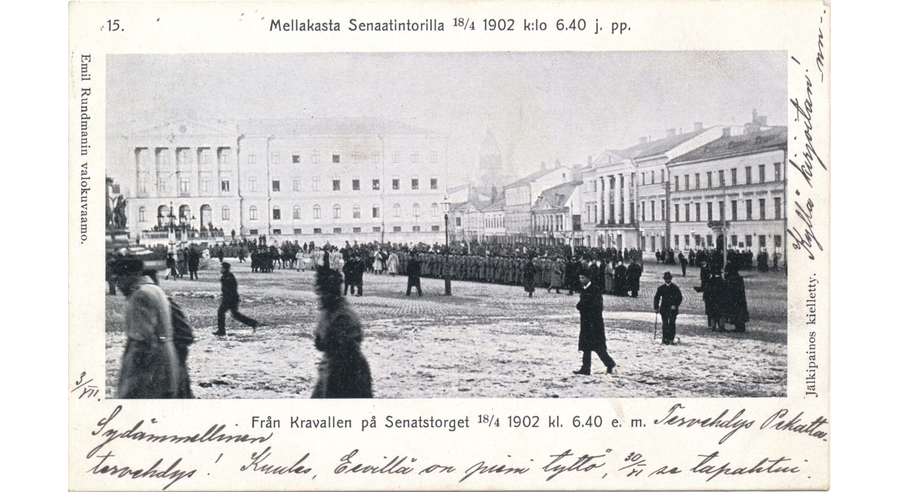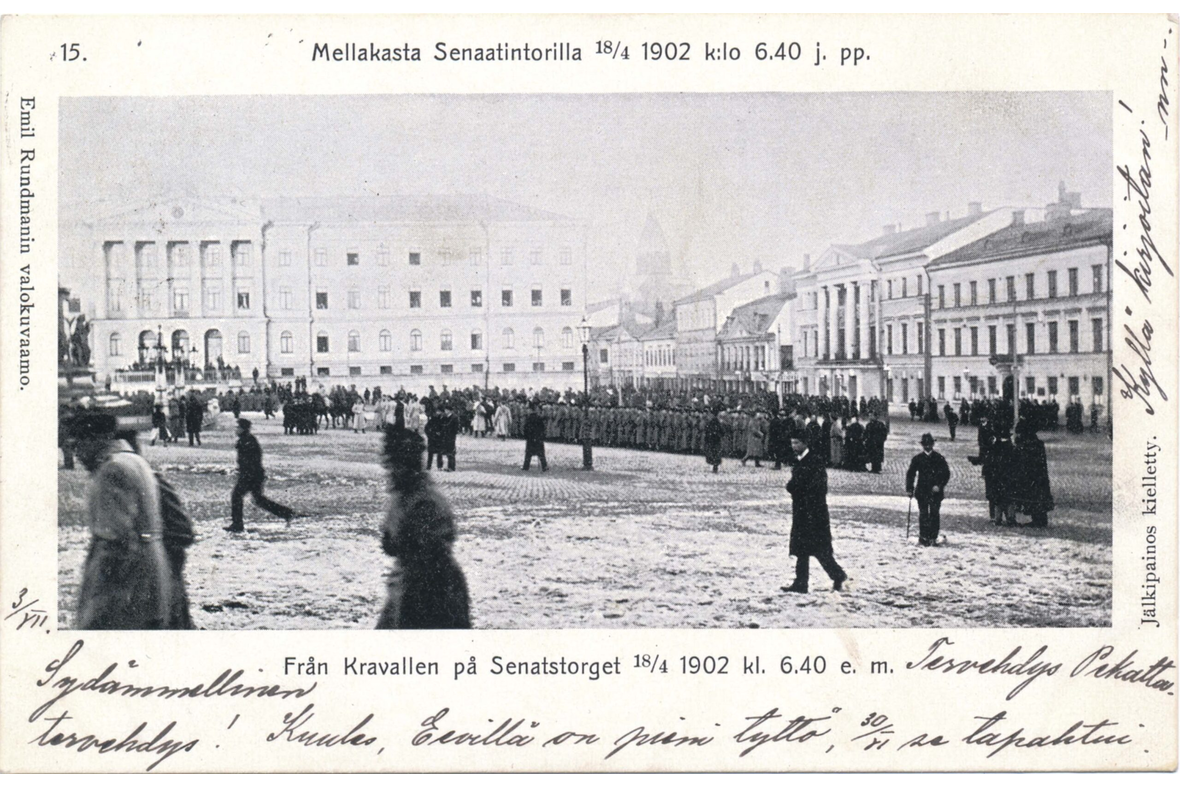A Revolution in Imagery

The exhibition showcases how photography became an integral part of the postcard and a new kind of communication.
The exhibition showcases how photography became an integral part of the postcard and a new kind of communication.
Cameras, photography and a postcard revolutionized visual communication at the turn of the 19th and 20th centuries. Smartphone cameras, instant messaging apps, social media, and artificial intelligence revolutionized the same thing a hundred years later.
In the late 1890s, millions of inexpensive photo postcards became available to everyone and began to be used for communication. The images on the postcards began to show all kinds of topics: accidents, fires, earthquakes, demonstrations and war. With the help of picture postcards, photographs became an integral part of our lives and began to influence our opinions. The photo took a firm hold of us.
The exhibition showcases the birth and culture of photography from the perspectives of photojournalism, landscape photography and postcard use. The exhibition also brings up photographers behind the lens and leads the visitor to consider what the image means to us today. As part of the exhibition, there is also a work exploring the images produced by artist Sami Lukkarinen and futures researcher Roope Mokka with artificial intelligence.
The exhibition is based on Olavi Hankimo’s extensive international postcard material and its analysis. The Postal Museum published a book (in Finnish) called Patriotic Night – Resistance and News Pictures with Postcards by Olavi Hankimo, which focuses on photojournalism and complements the exhibition.
The exhibition pays special attention to accessibility. The exhibition content can be viewed with the help of description interpreters, which are implemented in cooperation with the University of Tampere’s Description Interpretation Handbook project.



